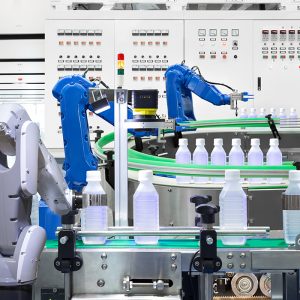
The Future of Product Packaging: Unwrapping the Ins and Outs
In an age where digital experiences are quickly becoming the new norm, product packaging now has a new set of challenges when it comes to staying relevant, engaging, and above all, environmentally friendly.
To combat that, here are some ways in which packaging is trying to change the game, and how you can amp up your own approach.
Innovation and Technology Collide
With the rising popularity of sustainably sourced and processed materials, many industries are being encouraged to create clean label packaging and bring it to market. Much of this progress is already happening in certain sectors.
For example, high-pressure packaging technology, more recycled materials and 3D-printed packaging are all innovations that are currently changing the way consumers interact with brand products.
Food safety is another major driver of innovative packaging. Reducing food waste and streamlining the packaging processes have been proven to extend the shelf life of food, but technology has taken it a step further by alerting consumers about the freshness of their food using sensors that predict the safety of their food in real time.
Other companies have also started taking more holistic approaches to packaging, but in order to face many of the new challenges in the industry, companies will need to stay a step ahead of the competition by constantly innovating the ways in which they share their products with the world.
Packaging for the Modern World
There are already several live examples throughout the industry of companies revolutionizing the ways in which they package and present their products. A few standouts include:
- The Clasper™ bottle, which enables two different products to be consumed in sequence or mixed together and then consumed.
- Honest Marijuana Company packages cannabis in earth-friendly, reusable tin cans, a new concept to the industry.
- The Lidloc, which is the first integrated cup that has an extension structure to the cup that folds and locks into an integrated lid.
- Plastic polymers developed by TIPA that biologically decomposes within 180 days, becoming a fertilizer for soil.
As consumer interests and demands change, you can expect to see even more innovative and industry-shifting packaging methods that fall in line with the ever-changing consumer climate.
The Future of Product Packaging
Differentiation and personalization are going to be major talking points in the years to come. As consumers demand more of a customized experience with the products they consume, you’re going to see more instances where brands put the power of the packaging back into the consumer’s hands. We’ve already experienced this recently with Starbuck’s coloring book-style coffee cup, so it’s only a matter of time before other brands follow suit.